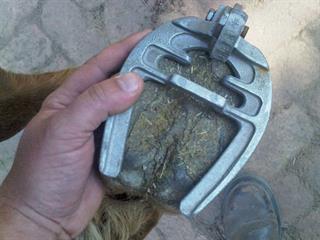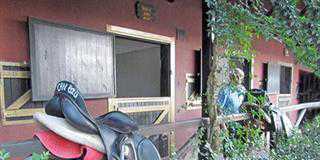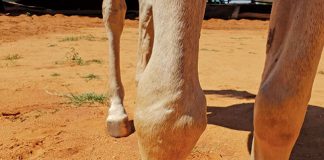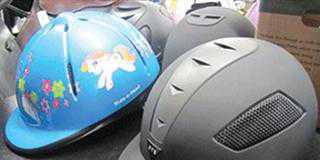
I have been working with horses for 20 years now, and have been riding for more than 35 years, and it still never ceases to amaze me how important hooves are.
Unfortunately, abnormal hoof conformation has become so common that many horse owners, farriers and vets are ‘numb’ to it. For this reason, it’s important to become familiar with a healthy hoof. This will sharpen your ability to identify problems that could contribute to lameness.
Hoof asymmetry: a warning sign
Although it is not always associated with lameness, asymmetry of the hoof should be considered as a possible indication of previous, impending or chronic lameness. I like to look at front hooves and back hooves as pairs and compare them. It’s very important to note differences.
A horse can develop hoof asymmetry as a result of uneven weight-bearing caused by a variety of problems, including asymmetrical movement, stance and tendon tension, accompanied by pain. Think of a car that has poor wheel alignment or whose chassis is bent. The tyres won’t wear evenly.
Shape of the coronary band
Uneven weight on the hoof can influence the shape of the coronary band. A healthy coronary band, as viewed from the side, is nearly straight or with a slight upward arch. Often, horses develop coronary bands that are uneven on one side, a condition known as sheared heels. These horses frequently experience displacement of one hoof quarter along with the heel bulb.
Vets can use the angle the coronary band forms with the ground to estimate the position of the coffin bone within the hoof capsule. A normal coronary band angle is considered to be 20° to 25°. If it is greater than 30°, the horse probably has an extremely low palmar/plantar angle (the angle the bottom of the coffin bone makes with the ground).
If hooves have an angle greater than 45°, they definitely have a negative palmar/plantar angle. Simply put, negative palmar/plantar angles mean the horse’s heel is being crushed. The opposite problem can also manifest itself. A coronary band parallel to the ground (as viewed from the side) is indicative of a high palmar angle.
I often see this in laminitic horses or those with a box hoof. The coronary band angle is an indication of what is happening inside the hoof capsule. The coronary band angle correlates with the normal forces encountered by the coffin joint and the force that the deep digital flexor tendon exerts on the navicular bone.













